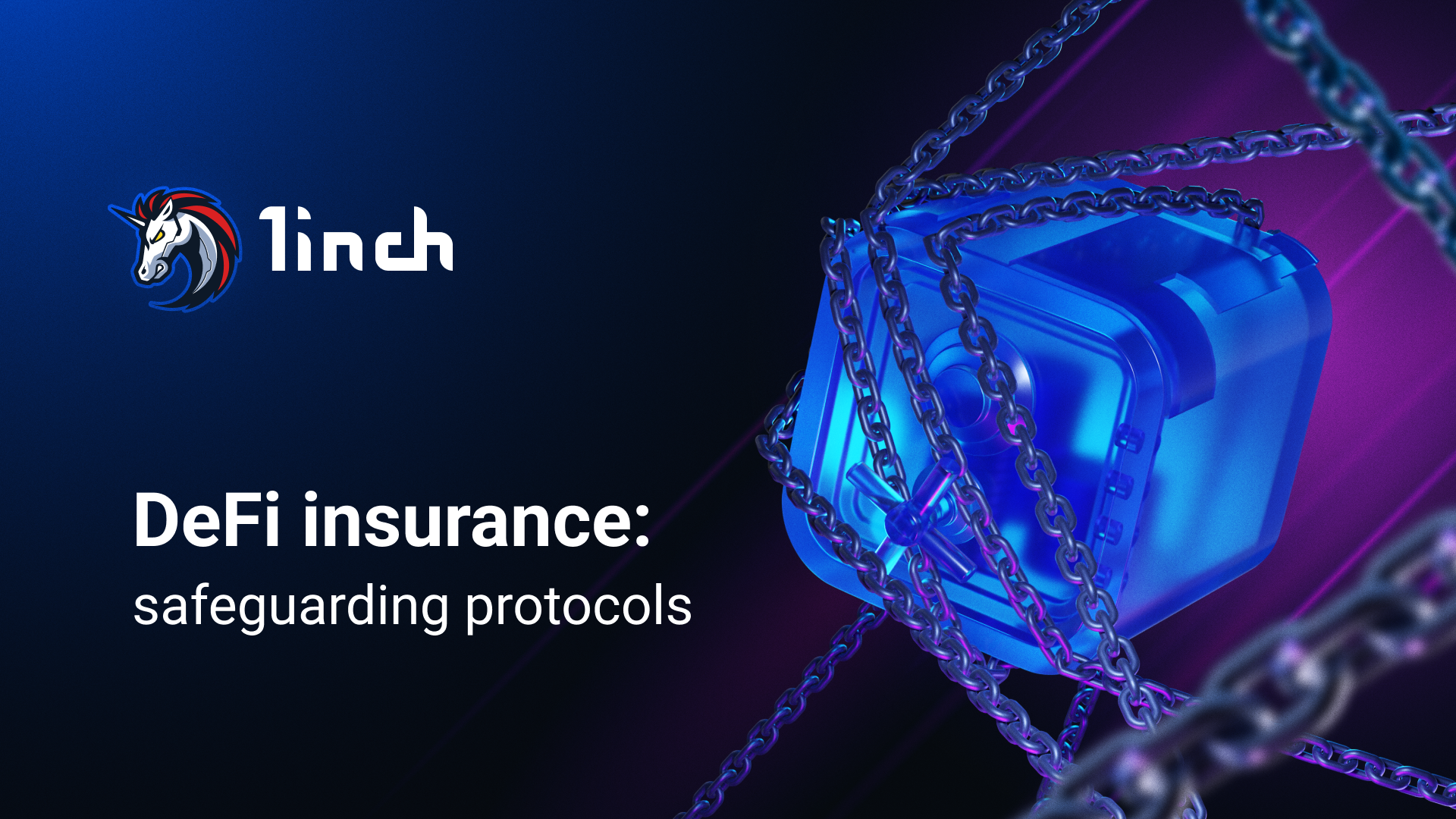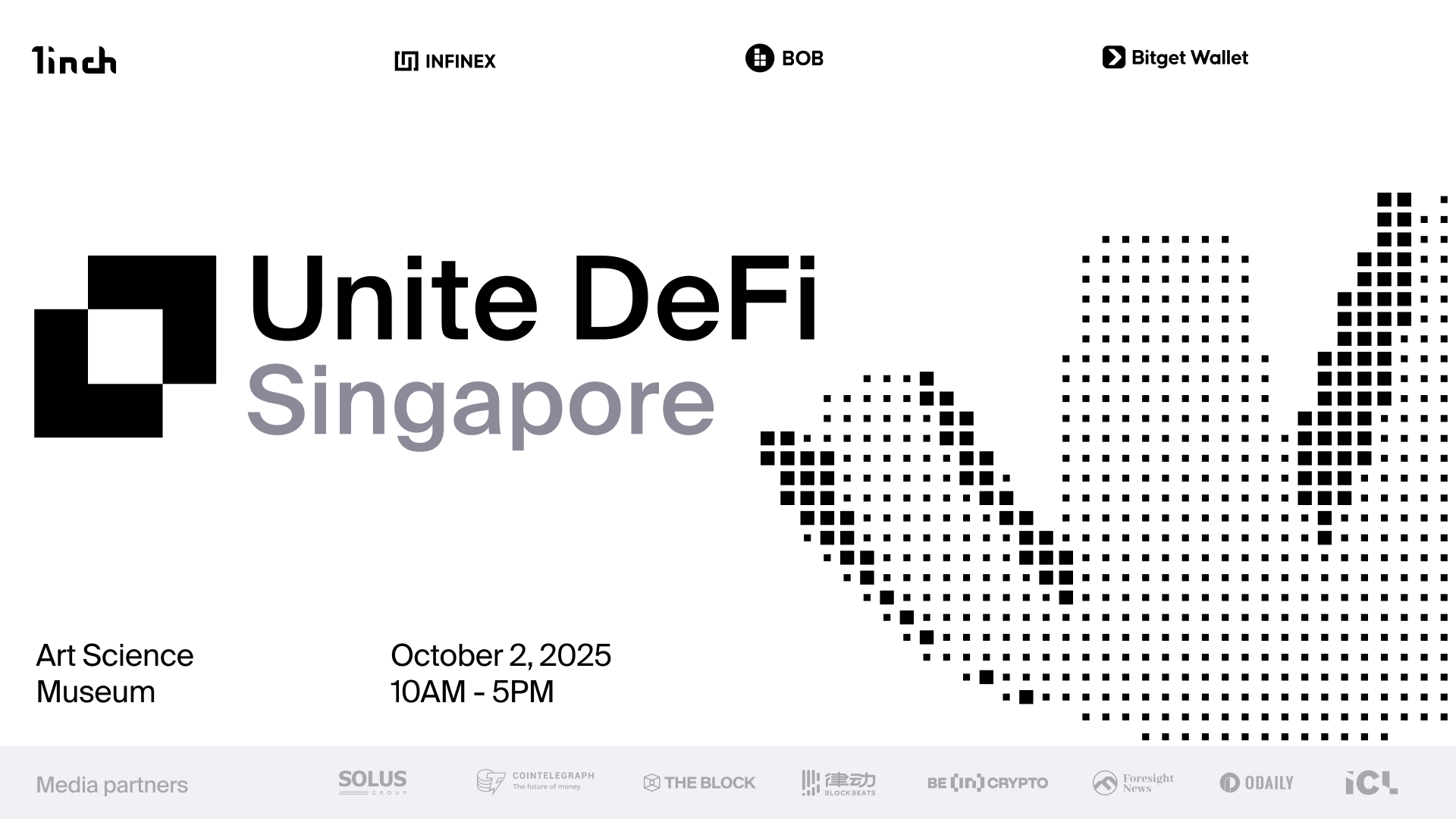DeFi protocols: mitigating risks with insurance

DeFi insurance has emerged as a major risk management solution in decentralized finance. DeFi insurance enhances the security framework of DeFi protocols, offering increased protection for their users.
Key takeaways:
Hacks and exploits occuring in the DeFi space highlight a need for effective risk management. DeFi insurance protocols aim to address these concerns by protecting users against specific risks, including protocol vulnerabilities, fraudulent schemes, market fluctuations and potential project collapses.
What is DeFi insurance?
DeFi insurance, also known as DeFi cover, includes a range of products designed to protect users from potential losses within DeFi. Unlike traditional insurance, which protects against losses arising from custodian mismanagement, DeFi insurance primarily focuses on mitigating risks associated with technological vulnerabilities and protocol exploitation.
How DeFi insurance works
At the core of DeFi insurance protocols usually lies a model enabling the collective funding of insurance pools and decentralized assessment of insurance claims. Providers to these pools deposit funds to form a reserve that covers potential losses. Certain protocols require a single upfront payment, while others accept LP tokens as collateral and forgo additional fees. In the event of a covered incident, such as a protocol hack, affected users are compensated from these pools. Additionally, users can accrue yield on their funds locked in the pool.
Another model is staking-based insurance, where users lock up tokens in exchange for coverage, simultaneously securing the protocol and providing a source of funds for potential payouts. Members with risk and pricing expertise can manage staked assets, underwrite risks and earn fees.
Verifying сlaims
The process of claim verification in DeFi insurance varies across protocols. It can involve a decentralized decision-making model combining community voting and advisory board assessments. Some protocols use decentralized autonomous organizations (DAOs), where contributors vote on claims, while others employ oracles for automated claim verification.
Most common types of DeFi insurance
Protocol cover/hacks and failures. This type of DeFi insurance offers protection against losses from smart contract exploits, economic design failures or governance attacks. It's crucial to note that while this cover typically includes protection against hacks and code failures, it may exclude certain risks. Common exclusions are phishing attacks, malware, secret key theft and rug pulls. Additionally, some protocols may exclude oracle failures or front-end hacks.
Stablecoin depeg cover. This offers protection against losses from a stablecoin's significant deviation from its pegged value. In the event of a stablecoin losing its peg to a target fiat currency, this insurance coverage compensates for the shortfall, protecting a user's investment from this specific type of volatility.
Yield token cover. This coverage is designed for yield-bearing tokens, such as LP tokens, which generate returns when a user deposits or lends the underlying asset. The cover safeguards against losses caused by significant deviations in the token’s market value compared to the underlying asset's value, which can occur due to various market dynamics or protocol failures.
Staking insurance. This insurance covers events such as hacks, smart contract failures and notably, slashing. In slashing, which is a major risk in PoS systems, validators are penalized for inactivity or malicious actions by losing a portion of their staked tokens. Staking insurance offers a safeguard against these losses, providing an added layer of security for participants in staking activities.
Benefits of DeFi cover
- Fraud reduction. The decentralized nature of DeFi insurance makes it less susceptible to fraudulent claims, as human intervention in the claim assessment process is minimized.
- Automation. Smart contract technology enables automated claim payments, increasing efficiency.
- Transparency. Blockchain technology ensures the transparency of insurance pools and claim settlements, fostering trust among users.
- Customization. DeFi insurance products offer a high degree of customization, allowing users to tailor their coverage to specific risks.
Challenges of DeFi cover
- Adoption rates. Adoption is still in its infancy, impacting the effectiveness of pooled resources.
- Regulatory uncertainty. The regulatory landscape surrounding DeFi insurance remains unclear, potentially hindering its wider adoption.
- Liquidity management. Effective management of insurance pools is crucial to ensure sufficient funds are available to cover potential losses.
Conclusions
By leveraging the power of blockchain technology and community-driven governance, DeFi insurance protocols offer a promising solution to mitigate risks and enhance the security of DeFi transactions. As the DeFi ecosystem matures and regulatory clarity emerges, DeFi insurance is poised to play an increasingly pivotal role in fostering trust and wider adoption of decentralized financial services.




























